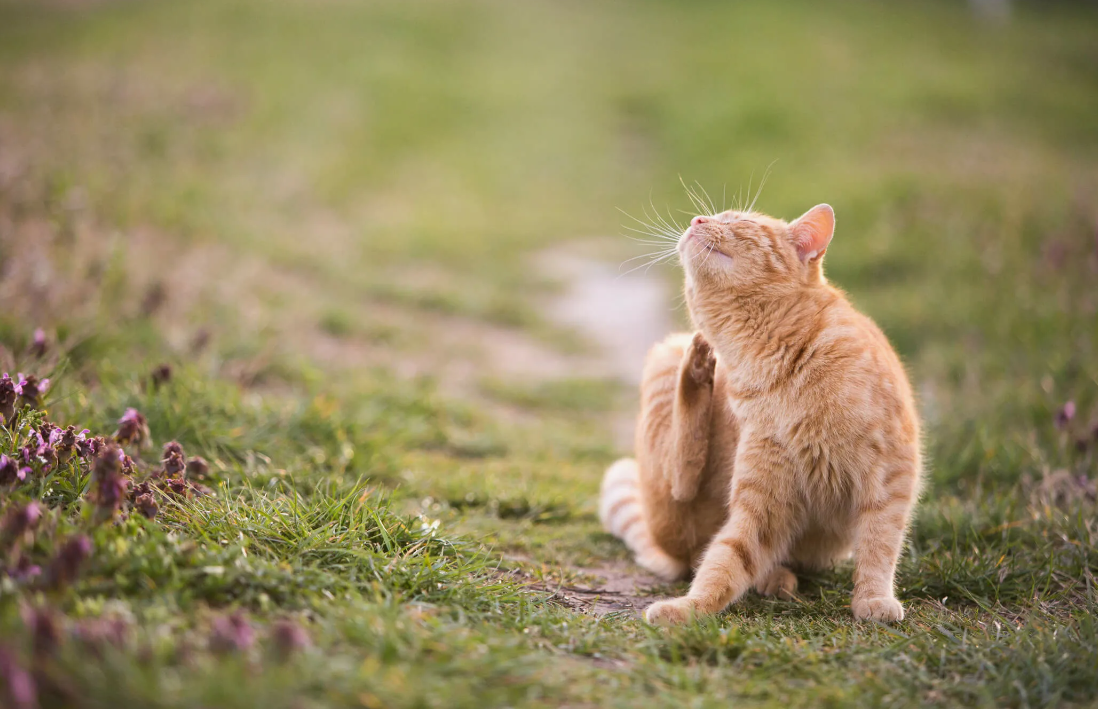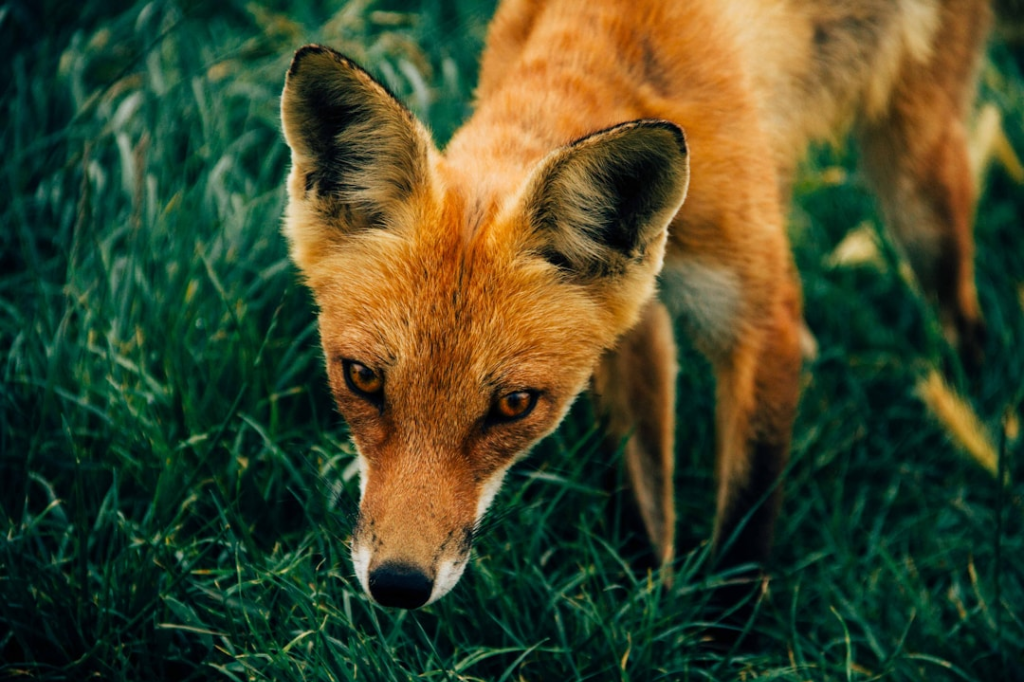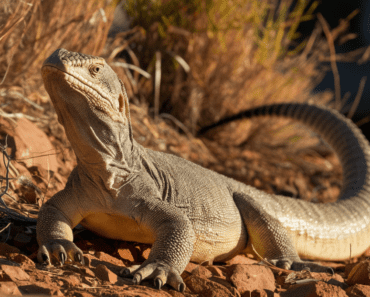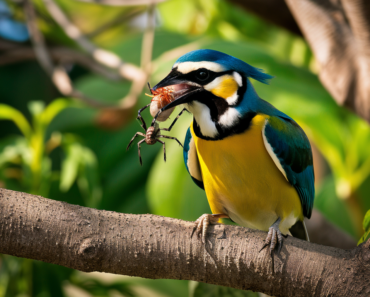Types of Lice in Animals
Animal lice can be categorized into three main groups:
- Mallophaga (Chewing Lice): These lice chew and swallow the skin and feathers or hair of their hosts, causing discomfort and irritation.
- Sucking Lice: These lice suck blood from the skin, which may lead to anemia and debilitation due to puncture wounds.
- Chewing-Sucking Lice: These lice have mouthparts adapted for both biting and sucking, causing a combination of the problems associated with both types.
Understanding Lice Infestations
Human beings are always wary of lice infestations, but what about our dear animal friends? Part of being a responsible pet owner or animal caregiver includes understanding whether animals can get lice, how to recognize infestations, and how to treat and prevent them. This guide provides valuable insights and practical advice on dealing with lice infestations in various animals.
What Are Lice?
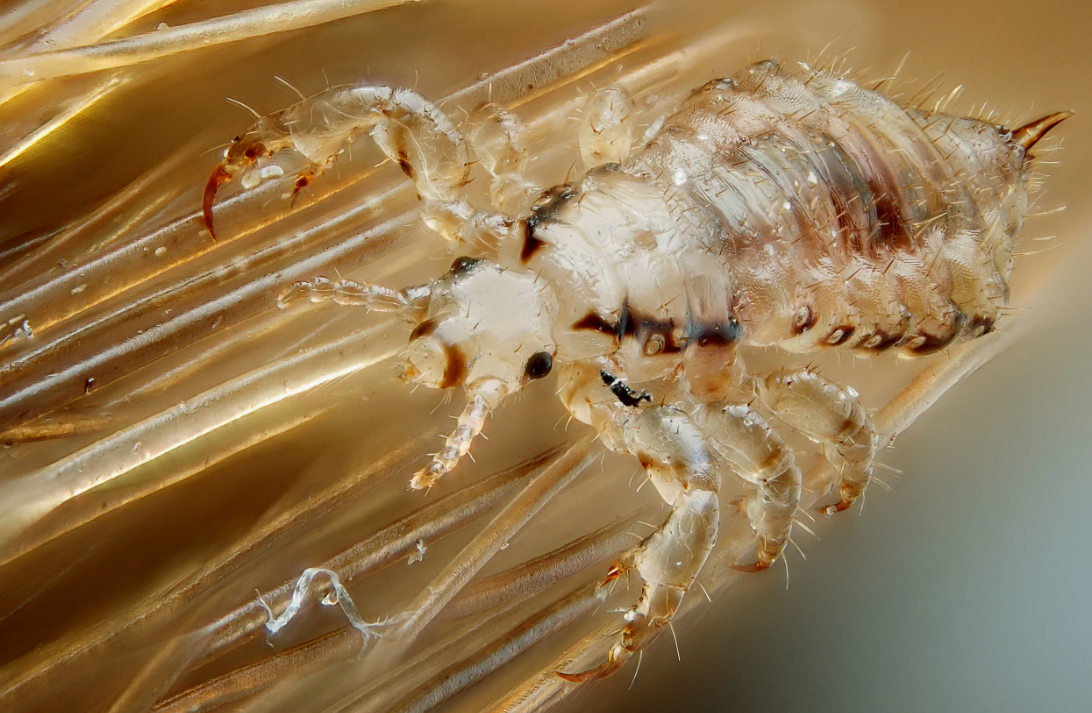
Lice are species-specific parasites. Human lice do not infest animals and vice versa. However, lice cause similar problems in both humans and animals. Lice have a life cycle that includes eggs (nits), nymphs, and adults. Understanding this cycle is important for effective treatment and prevention.
Types of Lice Among Animals
Lice infestations affect a wide variety of animals, including pets, livestock, and wildlife. Here is a closer look at the types of lice that infest different animals:
Dogs

- Chewing Lice (Trichodectes canis): These lice feed on skin debris and secretions, causing irritation and discomfort.
- Sucking Lice: These lice suck the blood of their hosts, which can lead to anemia and severe health issues in heavy infestations.
Cats
Cats are less frequently parasitized by lice, but when they are, the common species is:
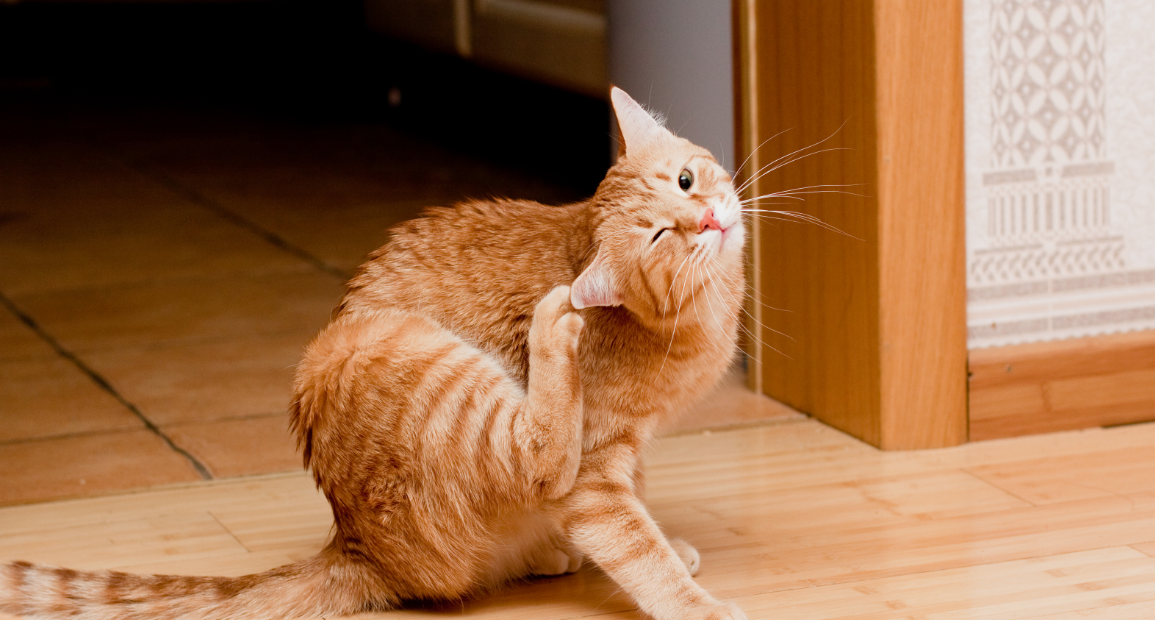
- Felicola subrostratus: A biting louse that feeds on skin debris and sebaceous secretions, leading to significant irritation and discomfort.
Livestock
Lice infestations can affect cattle, sheep, goats, and horses. Common types include:
- Biting Lice (Bovicola spp.): These lice feed on skin cells and secretions, causing itchiness and a drop in body condition.
- Sucking Lice (Linognathus vituli for cattle and Haematopinus asini for horses): These blood-sucking lice can lead to anemia and significant weight loss in severe infestations.
Birds
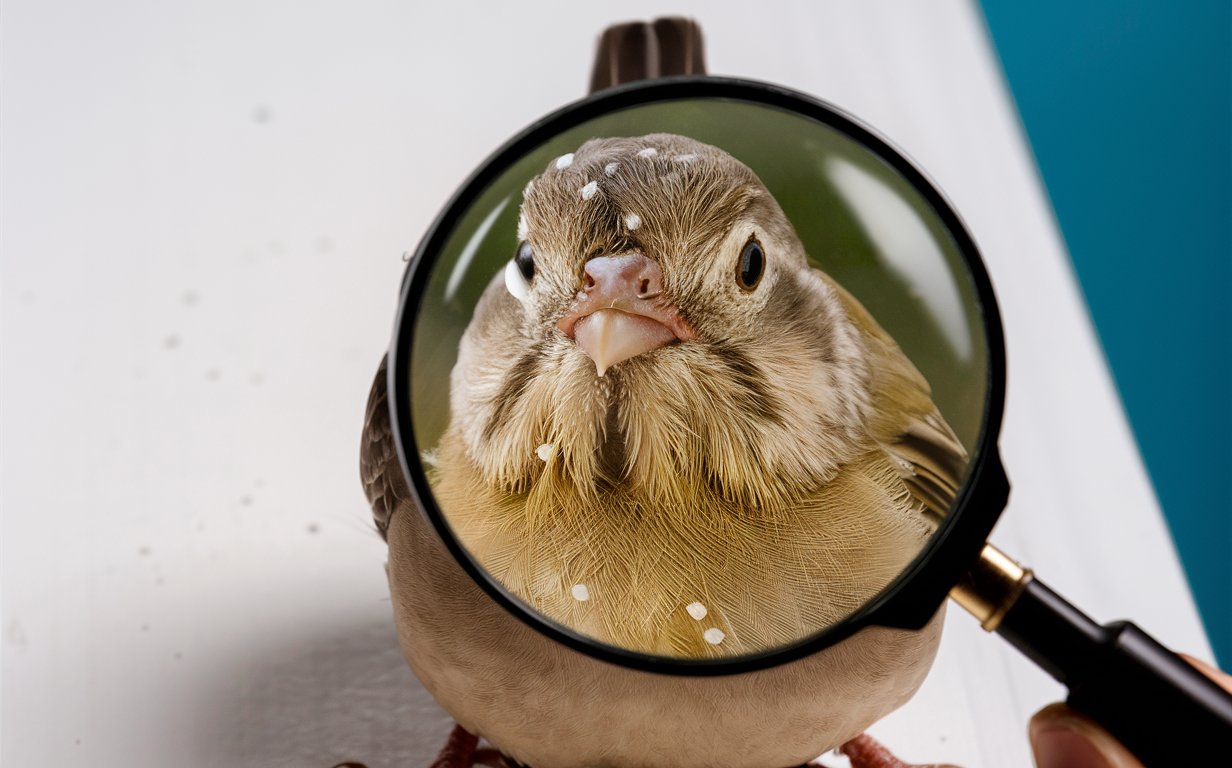
Birds can be infested with various lice species that feed on feathers and skin debris. Common types include:
- Menacanthus stramineus: Known as the chicken body louse, this species can cause significant discomfort and feather loss.
- Goniocotes gallinae: Known as the fluff louse, it resides in downy feathers, causing irritation and feather loss.
Symptoms and Signs of Lice Infestation
Recognizing the signs of a lice infestation in animals is crucial for timely treatment. Common symptoms include:
- Excessive Scratching and Itching: Animals will scratch or bite at infested areas constantly, leading to secondary infections.
- Hair Loss: Infestations can cause irregular hair loss, especially in severe cases.
- Red and Inflamed Skin: Infested areas may become red and inflamed from constant scratching, leading to scabs and sores.
- Visible Lice or Nits: In severe infestations, lice or their nits can be seen on the animal’s fur or feathers, particularly around the ears, neck, and tail base.
Do Animals Have Lice? Diagnosing Lice Infestations
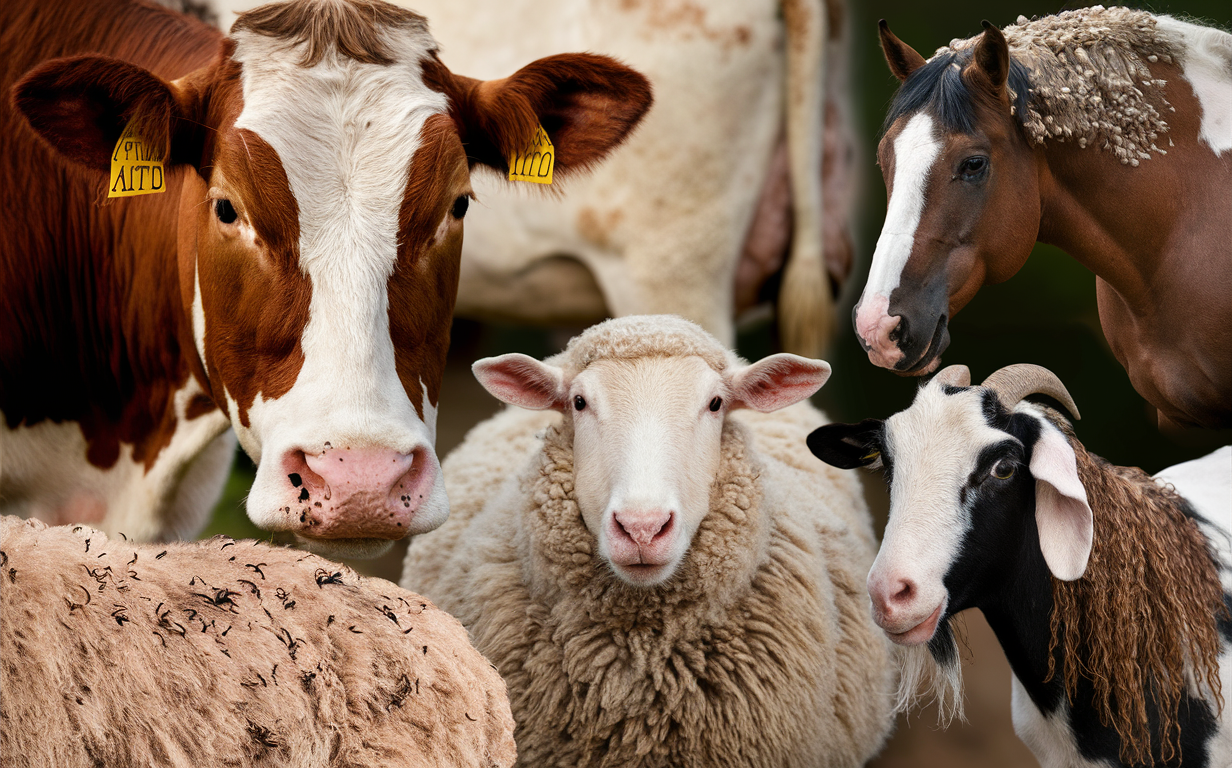
If you suspect your animal has lice, consult a veterinarian for a proper diagnosis. The vet may:
- Perform a Physical Examination: Inspect the animal’s skin and coat for lice or nits.
- Microscopic Examination: Scrape the skin to examine it under a microscope, confirming the type and severity of the infestation.
Treatment Options
Lice infestations in animals are typically treated with both topical and environmental treatments:
Topical Treatments
- Medicated Shampoos: These shampoos contain insecticides that kill lice and provide immediate relief from itching and discomfort.
- Spot-on Treatments: These medications are applied directly to the skin and are effective against lice and other parasites like fleas and ticks.
- Oral Medications: Oral medications may be prescribed for severe infestations or when topical treatments are insufficient.
Environmental Treatments
- Cleaning: Wash the animal’s bedding, grooming tools, and living quarters frequently to remove lice and prevent re-infestation.
- Vacuuming: Vacuum carpets and upholstery thoroughly to remove fallen nits and lice, reducing the risk of re-infestation.
Prevention Tips
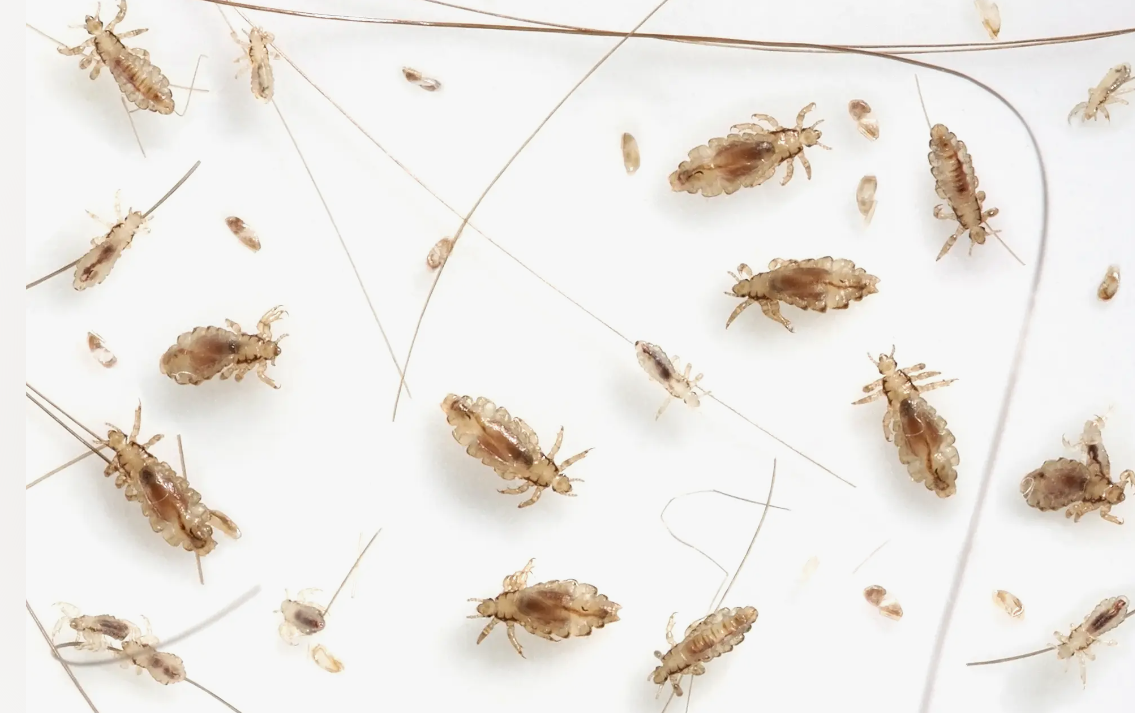
Preventing lice infestations involves maintaining good hygiene and regular check-ups:
- Regular Grooming: Frequently groom your animals to check for lice and maintain coat health. Regular grooming helps detect lice early and keeps the animal’s coat clean.
- Isolation: Keep infested animals separate from others to prevent the spread of lice.
- Routine Vet Visits: Regular veterinary check-ups can help catch and treat lice infestations early.
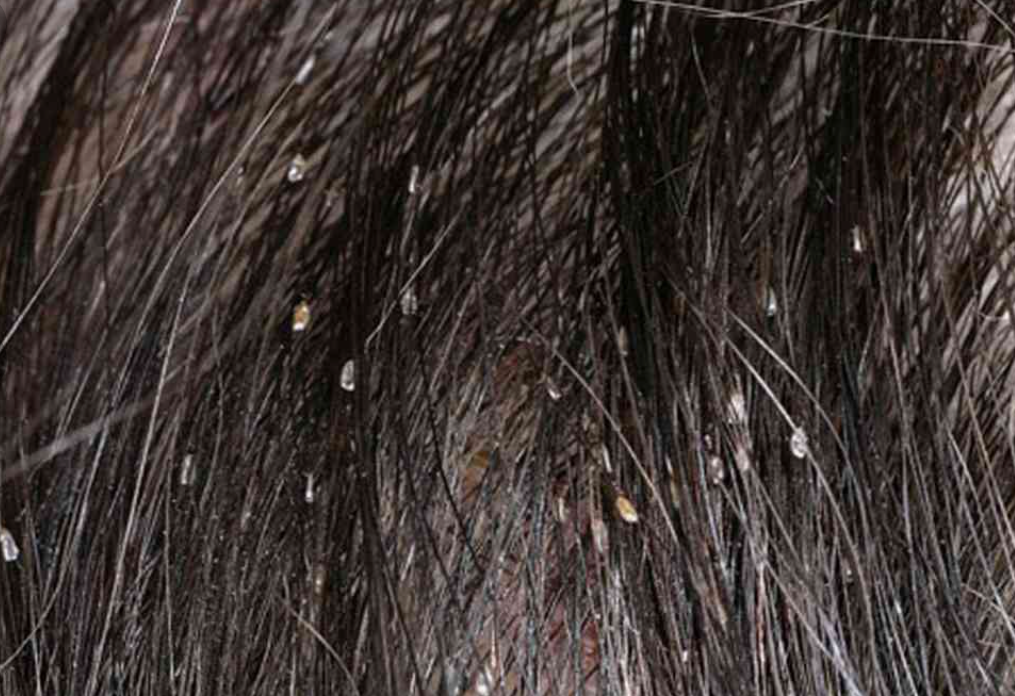
Conclusion
Though lice infestations in animals can be bothersome, knowing the types of lice, recognizing the symptoms, and understanding how to treat and prevent infestations can keep your furry or feathered companions comfortable and healthy. Always work with a veterinarian to develop a treatment plan tailored to your animal’s needs. By staying informed and proactive, you can ensure your pets and livestock remain lice-free and happy.
If you found this guide helpful, consider sharing it with fellow pet owners and animal caregivers. Together, we can help ensure that all animals live lice-free and contented lives. Sharing knowledge promotes the well-being of animals everywhere.
